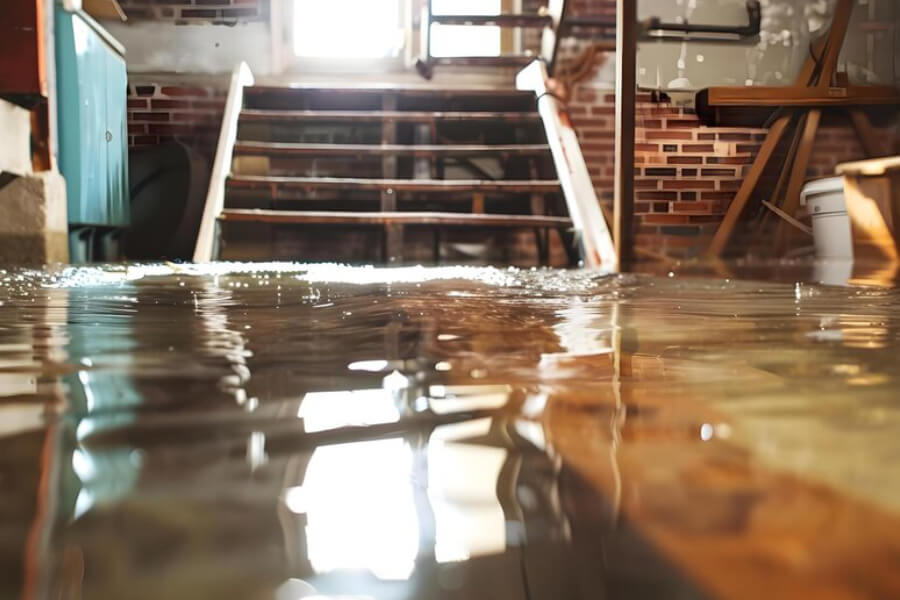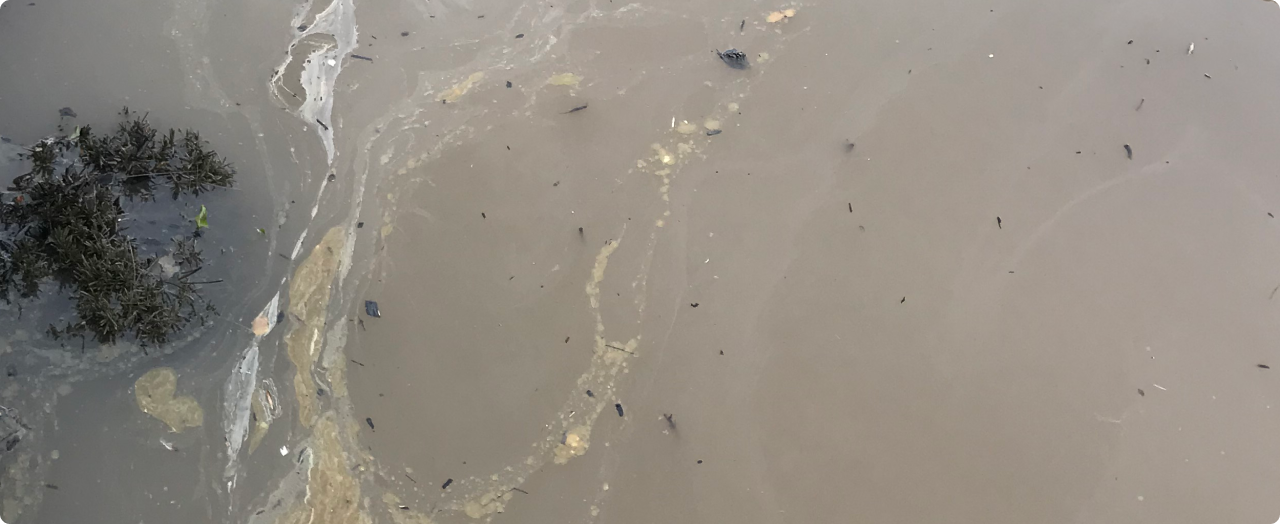When flooding happens in a multi-unit property—like an apartment complex, condo building, or commercial office—it’s not just one unit that’s at risk. Water has a way of spreading fast, moving through walls, ceilings, and floor systems, impacting several spaces at once. Coordinating cleanup in these situations is no small task. At Anderson Group International, we specialize in complex, large-scale emergency flood cleanup operations across California, especially in multi-tenant buildings.
In this blog, we’ll walk through what to expect when flooding affects more than one unit, how we manage the chaos, and why choosing the right team can make all the difference between temporary fixes and lasting recovery.
Rapid Response Means Containing the Damage
In any flooded house cleanup, speed is critical—but in multi-unit properties, time is everything. Water from a single unit can travel down multiple floors within minutes. The first goal is to stop active flooding, shut off water lines if necessary, and begin water extraction services across all affected areas.
We use industrial extraction machines, moisture scanners, and containment tools to isolate and dry out each space with minimal demolition. This fast action is what keeps a bad situation from becoming a building-wide catastrophe.
Coordinating With Tenants, Managers, and Vendors
One of the biggest challenges in residential flood restoration for multi-unit buildings is communication. Our project managers work directly with property managers, HOAs, and tenants to ensure everyone is informed and the work stays on track.
While drying and repair are underway, we provide secure contents pack out and cleaning for tenants, including water damaged contents recovery, furniture restoration after flood, and soft goods restoration services for damaged clothing or bedding.
Every Unit May Have Different Needs
One unit may need full floor water damage treatment, while another only needs structural drying services and deodorizing. We customize every scope of work based on damage level, and track progress through detailed documentation. If the flood included sewage or contaminated water, we perform full sanitization and restoration before anyone is allowed to return.
We also inspect for ceiling damage from above-unit leaks, which often require ceiling water damage repair in lower units due to main water line break or pipe leak cleanup service failures in upper floors.
Managing Cross-Unit HVAC and Odor
Flooding in large buildings often affects shared HVAC systems. Moisture and contaminants can travel through vents and spread to otherwise unaffected units. We address this with HVAC discharge line repair, HVAC smoke cleaning, and full duct system sanitation as part of our cleanup.
We also eliminate odors using smoke odor removal and thermal fogging—even if smoke wasn’t involved. This ensures that no lingering flood smells remain once the structure is dry.
Final Clearance and Rebuild
Once everything is cleaned and dried, we begin structural restoration and emergency water damage repair for each unit. We coordinate rebuilds with property managers and inspectors to ensure the property is returned to code—and to comfort.
Our licensed team handles drywall, flooring, cabinetry, and more. If damage started from a kitchen sink overflow, toilet overflow cleanup, or even shower & tub overflow, we ensure the plumbing is also inspected and repaired.
Multi-unit flooding can be overwhelming, but with Anderson Group International, it doesn’t have to be. We bring experience, structure, and full-service restoration to every floor, every unit, every time.




